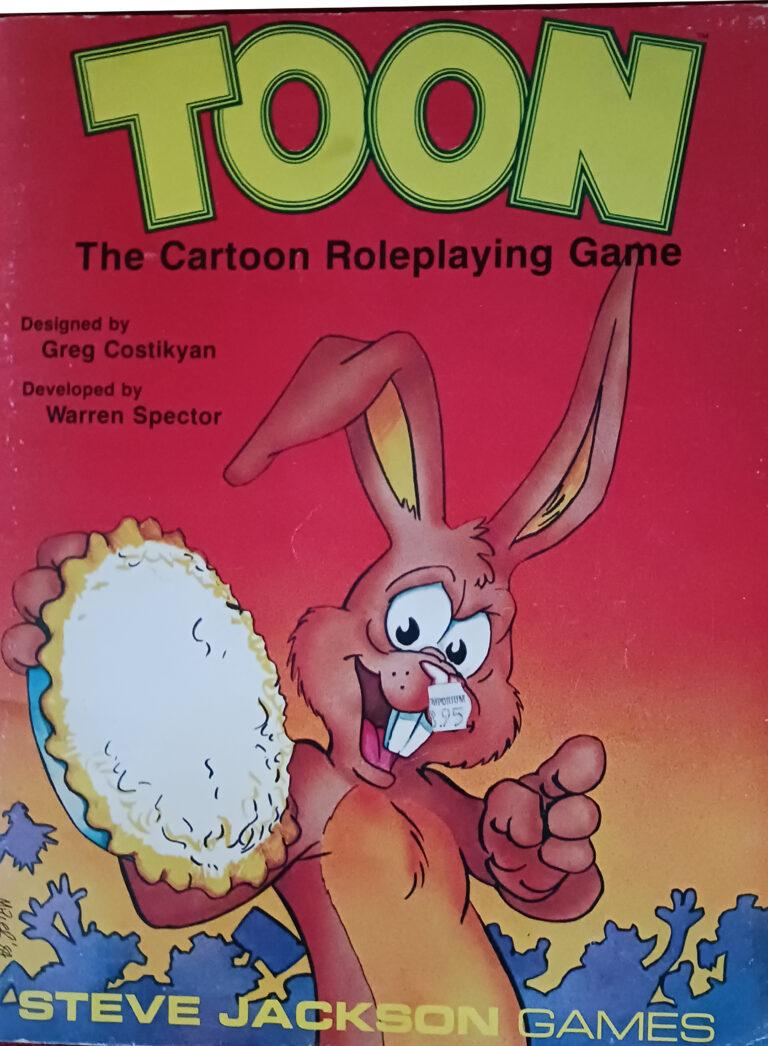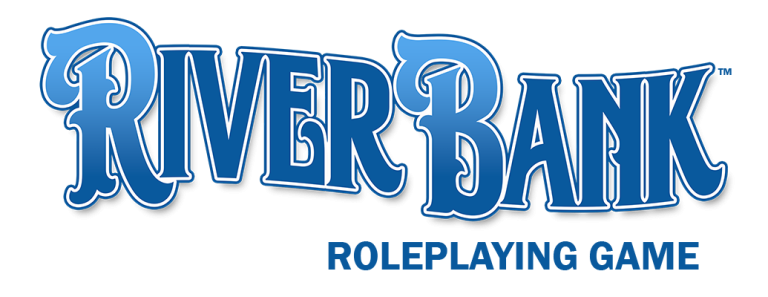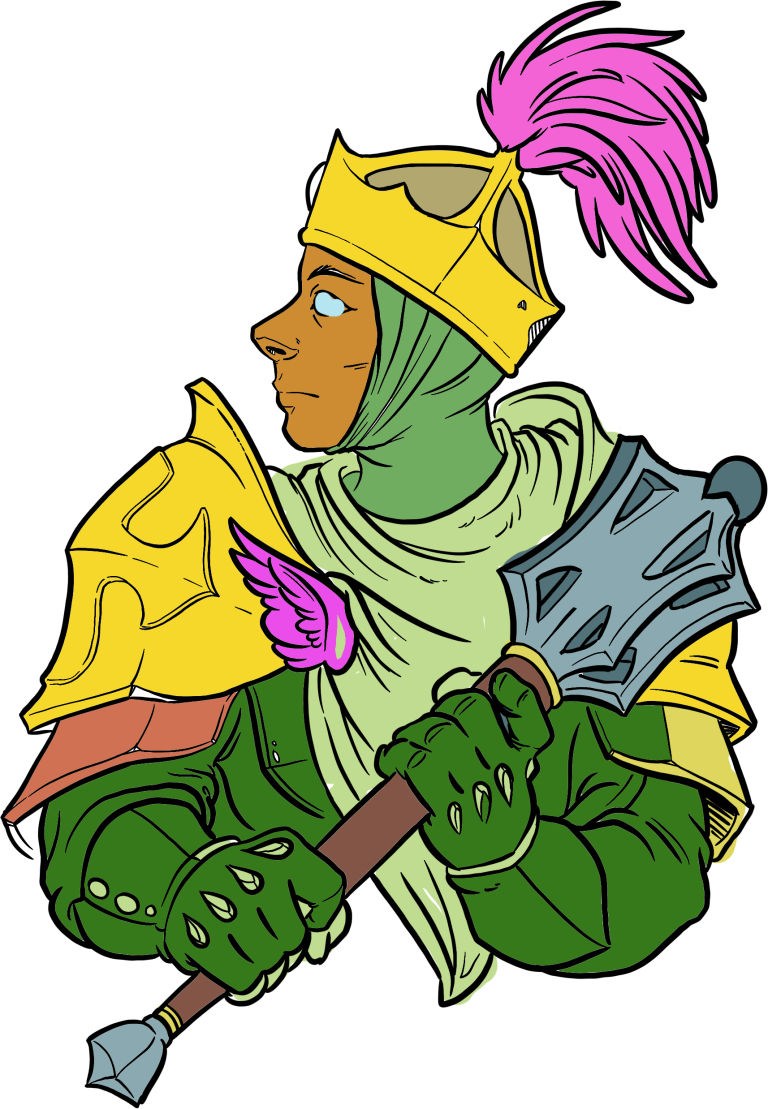By Jason Campbell
Every GM has their own methods for preparing for a TTRPG session. We all settle into a comfortable technique which usually takes approximately the same amount of time. But what if you couldn’t follow this routine? What would be the absolute minimum you would need to do to prep for a session and feel comfortable running it? That’s likely different depending on whether this is a one shot adventure or a long form campaign, so we’ll start by breaking it into those two categories.
One Shots
The one shots I run are about 3-4 hours in length. The minimum I’d have is a main idea and a list of encounters, a map and pre-generated characters. Of course you could let the players create their own PCs but I’ll assume that I want to bring pre-gens just to make sure everything goes smoothly. Note that to ensure an adventure comes to a satisfying conclusion in only a few hours, a true “sandbox” style scenario won’t work. That means your scenario will have to be a bit linear, but you still have plenty of room for player choice. If it’s a dungeon exploration, leave a couple of ways to enter and exit. If it’s a city mystery, make sure you have a few ways to solve the problem.
- Pre-gen characters: I’d use https://fastcharacter.com/ to make it easier, just skimming to make sure everything looked ok for the idea I had in mind.
- Map: Since this is just for a single session I’d search the web for existing maps. My favorite spot is https://dysonlogos.blog/maps/ where you can find maps of all types, (many free for commercial use, by the way.) I’m looking for a small map, as with the time limit I’d plan about 5 encounters.
- Main idea and encounter list: The main idea will be pretty basic, such as; explore an ancient ruin, or save villagers from an evil creature. The scenario shouldn’t be too involved so we can wrap up the story in 3-4 hours. I’ll estimate I will need about 5 encounters for 3-4 hours. This is the method commonly known as the “Five Room Dungeon”, created by Johnn Four. For my prep each encounter will just be a “bullet list” of a sentence or two, with just enough information to improvise the scene.
- Opening: This encounter will set the tone, so if we’re going for horror, some hideous creature might attack from the shadows. If this is a mystery or social intrigue, begin with a framing social encounter.
- Choice: This encounter should give the PCs a couple of ways to proceed in the adventure, it could be a puzzle or a few story clues that give them the choice of which ones to pursue.
- Conflict #1: You want them to roll some dice (or whatever random method your TTRPG uses). For fantasy games this will be an encounter likely to be resolved with combat. I’ll use an existing stat block to save time with creature building.
- Complication: This will be something seeking to slow the PCs progress as they think they’re close to the resolution. It could be a physical challenge such as their path goes over a chasm but the bridge is out, or a weather event that makes travel challenging.
- Climax and Resolution: The PCs solve the mystery, or resolve the conflict with the main adversary of the adventure. In a fantasy game this will likely end in combat. Ensure the players understand the problem and how it was resolved.
A Long Form Campaign Session
A long form campaign session is different from a one shot because you have the preceding story leading into your session (assuming this is not session one) and you don’t need a satisfying conclusion to the session, since we assume the story will continue. The minimum I need is a starting event, 2-3 plot threads, a list of NPCs or adversaries, and perhaps a map. Some considerations are:
- Pacing: if you’ve recently had sessions that were mainly social encounters, do you need to have some combat (assuming your TTRPG includes combat) in this session? If you do, prepare an encounter where combat is likely such as a band of bandits attacking, which you could place anywhere in the setting. That way you can have a satisfying conflict even if the PCs go someplace you didn’t anticipate.
- Map: If your session could include scenarios such as exploring a haunted house or breaking into a prison, you might need a map. In that case I’d use Dyson Logos, as noted in the previous section. If the session takes place in a village or area the PCs have already explored this might not be necessary.
- NPCs: A list of NPCs should include their name, physical details and their goals. You might also note what creature stat block they match up to, in case combat arises. Noting the NPC’s goals is the most important part, as you’ll save time. Instead of writing out exactly what the NPC will do in every possible situation, jot down something like “MacRevis is loyal to the King and will bring the palace’s point of view into most conversations.” You’ll be able to improvise how the NPC will react to the players’ action by considering their goals.
- Plot threads: I always have at least 2-3 plot threads for each session. These may have been established in previous sessions, but if not, having multiple threads gives the players agency to choose their path. If you tell them that the King’s prized stallion was kidnapped but the players aren’t interested, you’ll end up either forcing them into a plot they don’t want, or improvising an entire story. Give them a couple of options, such as the King’s stallions’ kidnapping or a gladiatorial fighting ring. Make sure the ideas behind each thread are different enough that they’ll likely favor one over the other.
Conclusion
One variable is that each GM has their own comfort level when improvising. That affects how much you need to prep for a single session. Thinking about the way you prepare for sessions, what’s the minimum you’d need to feel comfortable running a TTRPG session?
Let us know in the comments!





